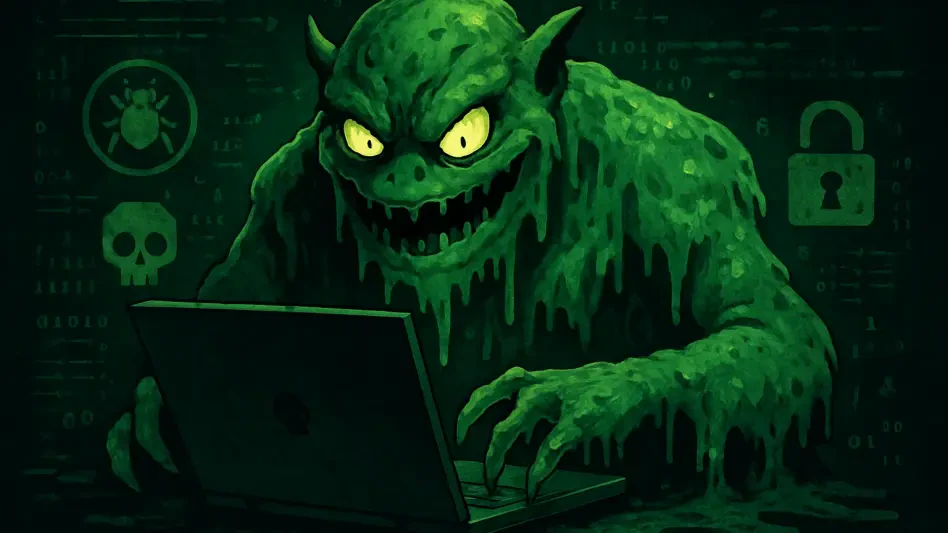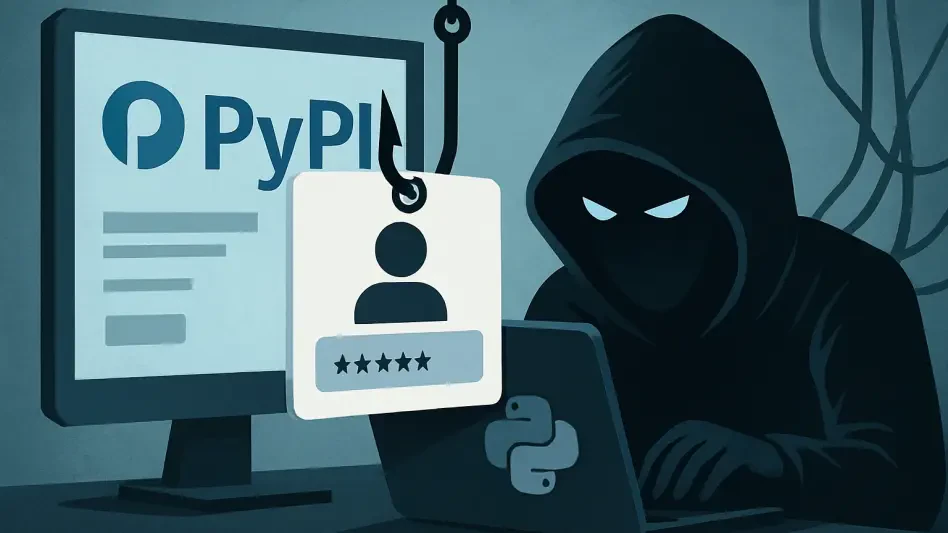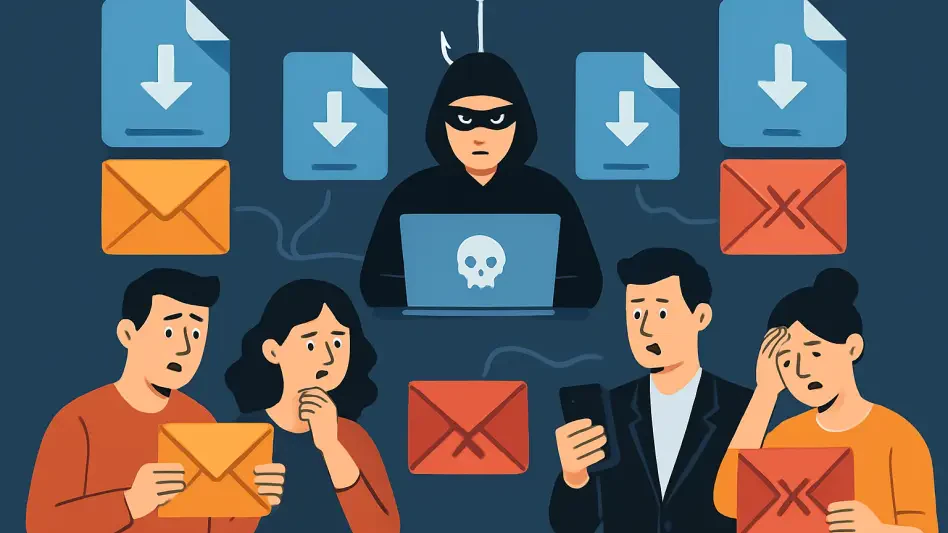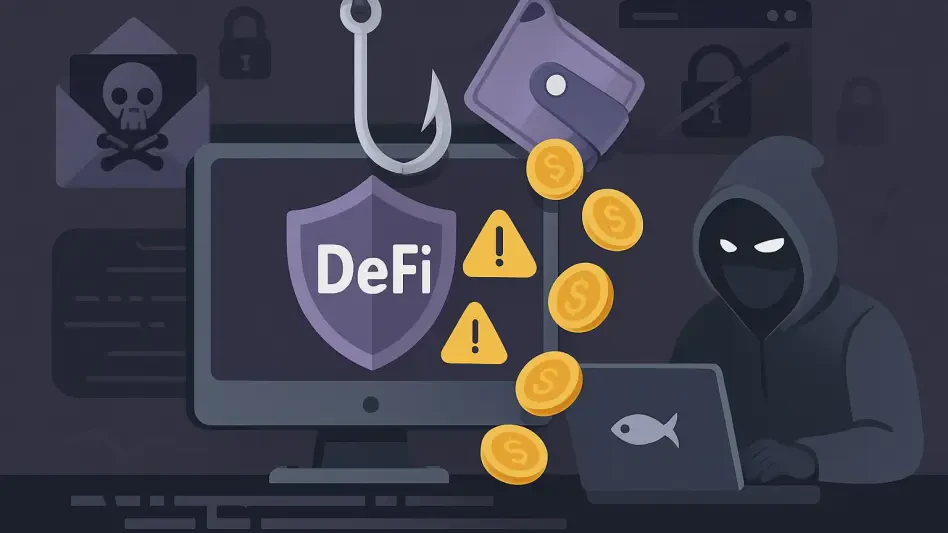Phishing scams are a prevalent threat in today’s digital age, particularly for PayPal users who have become frequent targets for cybercriminals. These malicious actors use sophisticated methods to trick individuals into sharing sensitive personal and financial information. Recognizing the signs of phishing emails and adopting best practices to protect against such scams is crucial. Understanding how to identify and avoid these scams is essential for safeguarding your financial security. This article delves into the nature of phishing scams, provides tips for recognizing fraudulent emails, and offers strategies to prevent falling victim to these deceitful schemes.
Understanding Phishing Scams
Phishing scams are deceptive attempts by cybercriminals to steal sensitive information by masquerading as trustworthy entities. These scams typically involve emails designed to look like they come from reputable organizations, such as PayPal, making it challenging for recipients to distinguish between legitimate and fraudulent communications. The goal of these scams is often to access users’ PayPal login credentials, financial details, or other personal information.
Cybercriminals craft these deceptive emails to appear highly authentic, often incorporating logos, official-sounding language, and email addresses similar to those used by the organizations they are impersonating. By understanding the nature of phishing scams, you can be more vigilant in identifying these threats and protecting yourself from becoming a victim. Recognizing that no legitimate organization, including PayPal, will ever ask for sensitive information through email can be a vital first step in safeguarding your information.
One of the common tactics scammers use is creating a sense of urgency, which pressures the recipient into taking immediate action without careful consideration. For example, a phishing email targeting PayPal users might claim that there has been unauthorized activity on the account, urging the recipient to click on a link to secure their account. This link, however, leads to a fraudulent website designed to steal login credentials. By understanding these tactics and remaining cautious when dealing with unsolicited communications, you can significantly reduce the risk of falling victim to a phishing scam.
Recognizing Phishing Emails
One of the primary indicators of a phishing email is the sender’s address, which is often designed to closely resemble a legitimate one with subtle differences. This imitation can make it difficult to discern the email’s authenticity at first glance. Pay close attention to the sender’s domain and look for any inconsistencies or deviations from the official PayPal domain. This careful scrutiny can help in identifying fraudulent emails and preventing unauthorized access to your account.
Phishing emails often use urgent language or threats to compel immediate action, bypassing rational scrutiny. For instance, an email might claim that your PayPal account will be suspended or that unauthorized activity has been detected. This sense of urgency is deliberate, aiming to make you act hastily without verifying the email’s authenticity. Always take a moment to think before clicking on any links or providing any information requested in such emails. Verifying the legitimacy of any urgent communication through official channels can help avoid being scammed.
In addition to scrutinizing the sender’s address and recognizing urgent threats, another key aspect is understanding the subtle yet telling indicators of phishing emails. Scammers often rely on generic greetings such as “Dear Customer” instead of addressing you by name. Legitimate communications from PayPal will typically use your name, so an impersonal salutation can be a red flag. Moreover, be wary of emails that contain numerous spelling and grammatical errors. While some professional-looking phishing attempts may be free of such mistakes, many contain errors that can signal their fraudulent nature. Remaining vigilant and critically assessing the content of emails claiming to be from PayPal can reduce the chances of falling victim to these scams.
Identifying Red Flags
Generic greetings are a hallmark of phishing emails. Unlike legitimate communications that are personalized and address users by name, phishing emails often use impersonal salutations such as “Dear Customer” or “Dear User.” This generic approach is a red flag that should prompt further scrutiny before taking any action suggested in the email. Identifying such red flags is crucial in preventing unauthorized access to your PayPal account and ensuring the security of your personal information.
Suspicious links and attachments in emails are another major indicator of phishing attempts. Scammers include these links and attachments to direct recipients to fraudulent websites that mimic the real PayPal login page or to deliver malware that can compromise your computer. Before clicking on any links in an email, hover over them to verify their authenticity. This allows you to check the actual URL and ensure it leads to an official PayPal site. Additionally, avoid opening any unsolicited attachments, as they could contain harmful software. By being cautious with links and attachments, you can safeguard your information from phishing schemes.
The presence of unusual language in emails claiming to be from PayPal is another key factor in identifying phishing scams. PayPal’s official communications are typically well-written and devoid of noticeable grammatical errors or awkward phrasing. If you receive an email that contains unusual language or seems poorly written, it may be an indication of a phishing attempt. Scammers often create emails that approximate the look and feel of legitimate communications, but discrepancies in language can serve as indicators of their deceitful nature. By remaining alert to these subtle signs, you can better protect yourself from phishing scams.
Verification Techniques
If you receive a suspicious email that claims to be from PayPal, it is essential to verify its legitimacy before taking any action. Contacting PayPal directly through official channels is a reliable method to confirm whether the communication you received is genuine. Avoid using any contact information provided within the suspicious email, as this could lead you straight to the scammer. Instead, use the contact details available on the official PayPal website or within your account to reach out for verification. This proactive verification technique can help prevent falling victim to phishing attempts.
Implementing two-factor authentication (2FA) is another effective security measure to protect your PayPal account. Two-factor authentication adds an additional layer of security by requiring not just a password but also a second form of verification, such as a code sent to your mobile device. This extra step makes it significantly more difficult for cybercriminals to gain access to your account, even if they manage to obtain your password through a phishing scam. Enabling 2FA on your PayPal account can provide an additional safeguard and enhance your overall online security.
Taking advantage of additional security features offered by PayPal and other financial services can further reinforce your defenses against phishing scams. Regularly monitoring your account activity for any unfamiliar transactions ensures that any unauthorized access can be detected and addressed promptly. Setting up alerts for account activity can also help you stay informed about potential security issues. By leveraging these verification techniques and security measures, you can fortify your defenses and minimize the risk of falling prey to phishing scams.
Utilizing Security Software
Keeping your security software up-to-date is a critical component of protecting yourself from phishing scams. Reliable security software can detect and block phishing attempts by identifying and quarantining malicious emails or links before they reach your inbox. Regularly updating your security software ensures that you have the latest protections against new and evolving threats, providing an essential layer of defense in maintaining robust online security. Utilizing reputable security software is an important step in safeguarding your information from cybercriminals.
Security software can also provide real-time protection by scanning emails and websites for potential threats. This proactive approach allows you to detect and address phishing attempts before they have the chance to compromise your personal information. Additionally, many security software solutions offer features such as anti-phishing toolbars, which can help identify and block deceptive websites that may be attempting to steal your login credentials. By taking advantage of these tools, you can enhance your ability to recognize and avoid phishing scams.
In addition to using security software, it is important to stay informed about the latest phishing techniques and trends. Cybercriminals continuously refine their tactics to bypass security measures and deceive users. Keeping abreast of new and evolving threats through reputable sources can help you stay one step ahead of scammers. By combining up-to-date security software with ongoing education and vigilance, you can create a comprehensive defense against phishing scams and protect your personal and financial information.
Staying Informed and Vigilant
Staying informed about common phishing techniques and new scams is crucial for maintaining a high level of security. Cybercriminals continuously evolve their methods to devise more convincing phishing attempts. By keeping up-to-date with the latest trends and tactics in phishing scams, you can stay one step ahead and be better prepared to recognize and avoid them. This ongoing education is vital to ensuring your online safety and reducing the risk of falling victim to cybercriminals’ schemes.
Being vigilant and cautious when dealing with unsolicited communications can significantly reduce the likelihood of falling prey to phishing scams. Always scrutinize emails carefully, looking for signs of authenticity or potential red flags. If an email seems suspicious or too urgent, it’s best to err on the side of caution and verify its legitimacy through official channels. This heightened awareness can help you recognize phishing attempts before any damage is done to your online security.
Adopting a proactive mindset towards online security, such as regularly changing your passwords and using complex and unique passwords for different accounts, can further bolster your defenses against phishing scams. Monitoring your account activity for any unusual transactions and setting up alerts for account activity are also practical steps you can take. By following these guidelines and remaining vigilant, you can protect yourself from phishing scams and ensure the security of your financial information in an ever-evolving digital landscape.
Best Practices for Online Security
Phishing scams are a significant threat in today’s digital landscape, with PayPal users increasingly targeted by cybercriminals. These malicious actors employ advanced techniques to deceive individuals into disclosing sensitive personal and financial information. It is crucial to recognize the signs of phishing emails and adhere to best practices to protect oneself from these scams. Recognizing and steering clear of phishing attempts is vital for maintaining your financial security. This article explores the nature of phishing scams, provides guidance on identifying fraudulent emails, and outlines strategies to avoid becoming a victim of these deceptive schemes. By understanding how these scams operate and implementing protective measures, individuals can better safeguard their information and reduce the risk of exploitation. The digital age demands heightened vigilance, particularly for PayPal users who are frequently targeted, making awareness and education key components in the fight against phishing.







